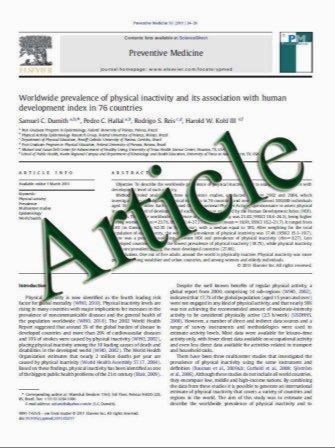Staphylococcal toxins in sudden unexpected death in infancy: experience from a single specialist centre
- نوع فایل : کتاب
- زبان : انگلیسی
- مؤلف : M. A. Weber J. C. Hartley N. J. Klein R. A. Risdon M. Malone N. J. Sebire
- چاپ و سال / کشور: 2010
Description
Around two thirds of sudden unexpected deaths in infancy (SUDI) remain unexplained following postmortem examination. It has been postulated that a subset of unexplained SUDI may be caused by toxigenic Staphylococcus aureus. The aim of this study was to compare the prevalence of toxigenic S aureus strains in unexplained and explained SUDI (those in whom a cause of death is determined at autopsy). A retrospective review was performed of 546 SUDI autopsies as part of a larger review of [1,500 pediatric autopsies over a 10-year period, 1996–2005 inclusive. SUDI was defined as the sudden and unexpected death of an infant aged 7–365 days, and categorized into unexplained, explained with histological evidence of infection (bacterial infection group) or explained due to non-infective causes. Toxin gene profiling was carried out by PCR in cases in whom S aureus was isolated as part of clinical investigation. Of the 507 SUDI included in this analysis, bacteriological investigations were performed in 470, and S aureus was isolated on post-mortem culture from at least one site in 173 (37%). There were significantly more cases with S aureus isolated in unexplained SUDI (40%) compared to non-infective SUDI (21%; difference 19.0%, 95% CI 5.4% to 29.3%, P = 0.006). 46% of all cases with S aureus isolated underwent routine testing for a panel of staphylococcal toxin genes (including SEA to SEE, SEG to SEJ, TSST-1, and exfoliative toxins A and B). There were more cases with at least one toxigenic strain of S aureus in the unexplained SUDI (81%) and bacterial infection groups (77%) than in the non-infection group (63%), but these differences were not statistically significant (Fisher exact test, P = 0.44). Toxin gene-carrying S aureus is commonly detected at autopsy in SUDI, accounting for 78% of S aureus isolates submitted for toxin gene profiling in this series. There is a significantly higher prevalence of S aureus in unexplained SUDI compared to non-infective SUDI, but no significant difference in the proportion with toxigenic S aureus strains isolated between the groups. These data are consistent with the hypothesis that a subset of otherwise unexplained SUDI may be related to the presence of S aureus colonization/infection, but do not indicate routine testing for toxin-associated genotypes.
Forensic Sci Med Pathol (2011) 7:141–147 DOI 10.1007/s12024-010-9199-0 Accepted: 5 October 2010 / Published online: 10 November 2010


